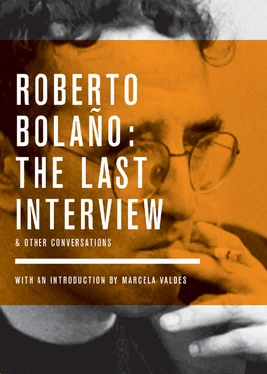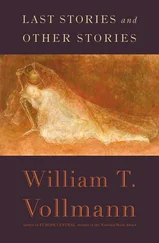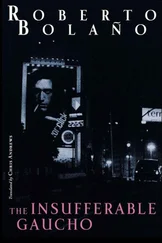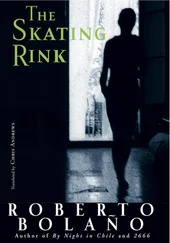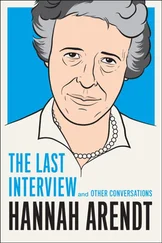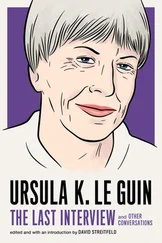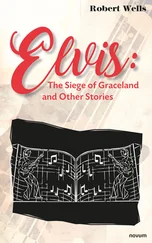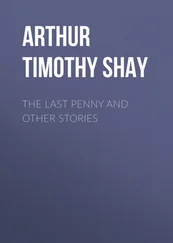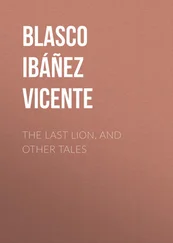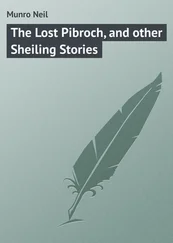The link between this industrial desert and the settings of Bolaño’s previous novels lies, like a scarlet letter, on the book’s front cover. The devilish date 2666—which appears nowhere in the pages of 2666 —sends us on a scavenger hunt to Amulet , where it crops up in the waking nightmares of a woman named Auxilio Lacouture. Visions of hell besiege Auxilio from the novel’s earliest pages, when she peers into a flower vase and sees “everything that people have lost, everything that causes pain and that is better off forgotten.”
Later, as she walks through the streets of Mexico City, she has another evil hallucination. It’s the middle of the night. The streets she crosses are vacant and windy. At that hour, Auxilio says, Avenida Reforma “turns into a transparent tube, a cuneiform lung where you feel the city’s imaginary breath,” and Avenida Guerrero “looks like nothing more than a cemetery … a cemetery from the year 2666, a cemetery forgotten under a dead or unborn eyelid, bathed in the dispassionate fluids of an eye that, for wanting to forget something, has ended forgetting everything.”
2666 , like all of Bolaño’s work, is a graveyard. In his 1998 acceptance speech for the Rómulo Gallego’s Prize, Bolaño revealed that in some way everything he wrote was “a letter of love or of goodbye” to the young people who died in the dirty wars of Latin America. His previous novels memorialized the dead of the 1960s and ’70s. His ambitions for 2666 were greater: to write a postmortem for the dead of the past, the present and the future.
THE PART ABOUT THE CRIMES
Bolaño put off the possibility of a liver transplant so he could complete 2666 , but the illness grew more acute and he died before he reached the book’s end. After the funeral, his friend and literary executor, the Spanish book critic Ignacio Echevarría, combed through the manuscripts in Bolaño’s office to assemble the work that Anagrama published in 2004, and that Natasha Wimmer, the gifted translator of The Savage Detectives , has brought into English.
Bolaño marked his manuscripts carefully. He may have been reckless, but he wasn’t stupid, and he knew that he was dying. Yet Anagrama broke with his wishes on one point. For years Bolaño had talked about 2666 as one book, bragging that it would be “the fattest novel in the world,” but in the final months of his life, he decided to break up the novel’s five sections and publish them as separate books. The reasons behind this impulse were practical. Bolaño would leave behind two young children, to whom he dedicated 2666 , and he wanted to provide for them after his death. Five short novels, he figured, would earn more money than one backbreaking monster. Thankfully, his family and Anagrama did him the favor of following his original vision. As Echevarría notes in his epilogue, “although the five parts that comprise 2666 may be read independently, they not only share many elements (a subtle web of recurring themes), they also join unequivocally in a unified design.” Meanwhile, in the United States, the book’s publisher, Farrar, Straus and Giroux, hedged its bets: putting out both a 2.75-pound hardcover and a three-volume slip-cased paperback edition.
Either way, 2666 isn’t for the faint of heart. The book is nearly 900 pages long, and charting its locations would yield something like an airline flight map, red dots marking landings in Argentina, England, France, Germany, Italy, Mexico, Poland, Prussia, Romania, Russia, Spain and the United States. As if such globe-trotting wasn’t enough, the novel also contains scores of characters and covers almost an entire century of history.
Bolaño once wrote that in the Americas, all modern fiction springs from two sources: The Adventures of Huckleberry Finn and Moby-Dick. The Savage Detectives , with its carousing characters, is Bolaño’s novel of friendship and adventure. 2666 chases the white whale. For Bolaño, Melville’s novel held the key to writing about “the land of evil”; and like Melville’s saga, 2666 can be stunning or soporific, depending on your taste for the slow burn. I’ve read it three times, and I find it to be dense, brilliant and horrifying, with scattered scenes of cleverness and fun.
Page one plunges us into the lives of four European academics who adore the books of a reclusive German author named Benno von Archimboldi almost as much as they enjoy luring each other to bed. Bolaño’s approach to the murders in the first two parts of 2666 —“The Part About the Critics” and “The Part About Amalfitano”—is coy, elliptical. Not for him the rapid gore of Patricia Cornwell or Stephen King. The first, glancing mention of the crimes doesn’t occur until forty-three pages into the book, and only two of the three professors who visit Santa Teresa in the first part even hear about the murders. They are visitors to Mexico, and though they dabble in sex tourism, their wealth and indifference insulate them from the realities of the city.
“The Part About Amalfitano”—which clearly derives from the book Bolaño described to Rippey in 1995—moves closer to the locals, while still keeping the murders at arm’s length. If part one is a brainy romance, part two is an existential drama. A Chilean philosophy professor who has left Europe for the University of Santa Teresa founders in quiet desperation. He fears that he’s going crazy — a voice speaks to him at night. He fears that the city’s violence may reach out and grab his daughter — a black car keeps appearing just outside his house.
Careful readers will spy hints of what’s to come, like so many red fingerprints, throughout these two sections, but it isn’t until the third part, “The Part About Fate,” that the violence of Santa Teresa spills into the foreground. Standing in a bar, a naïve American reporter sees a man across the room punch a woman: “The first blow made the woman’s head snap violently and the second blow knocked her down.” The reporter had driven to Mexico to see another kind of beating — a fight between an American boxer and his Mexican rival — but he soon learns that the real blows in Santa Teresa occur outside the ring. Befriended by some of the seedier elements of the city, he is shown what appears to be the video of a woman being raped. He meets the chief suspect in the city’s murders, and he winds up peeling out of town afraid of the police.
This noir escapade is prelude to a dirge. “The Part About the Crimes” opens in January 1993 with the description of the corpse of a thirteen-year-old girl and ends 108 bodies later during Christmas 1997. Each one of these forensic discoveries is clinically detailed — at 284 pages, the section is the longest in the book — and the resulting chronicle of death is braided through with the narratives of four detectives, one reporter, the chief suspect in the crimes and various ancillary characters. In Bolaño’s hands, this collage produces terrific fugue-like sequences and damning repetitions. (“The case was soon closed” becomes a haunting refrain.) Bolaño lightens these grim story lines with flashes of gallows humor and the occasional tender subplot. Overall, however, reading “The Part About the Crimes” feels like staring into the abyss. Strangling, shooting, stabbing, burning, rape, whipping, mutilation, bribery and treachery are all detailed in deadpan prose. “In the middle of November,” a typical paragraph runs:
Andrea Pacheco Martínez, thirteen, was kidnapped on her way out of Vocational School 16…. When she was found, two days later, her body showed unmistakable signs of strangulation, with a fracture of the hyoid bone. She had been anally and vaginally raped. There was tumefaction of the wrists, as if they had been bound. Both ankles presented lacerations, by which it was deduced that her feet had also been tied. A Salvadorean immigrant found the body behind the Francisco I School, on Madero, near Colonia Álamos. It was fully dressed, and the clothes, except for the shirt, which was missing several buttons, were intact.
Читать дальше
